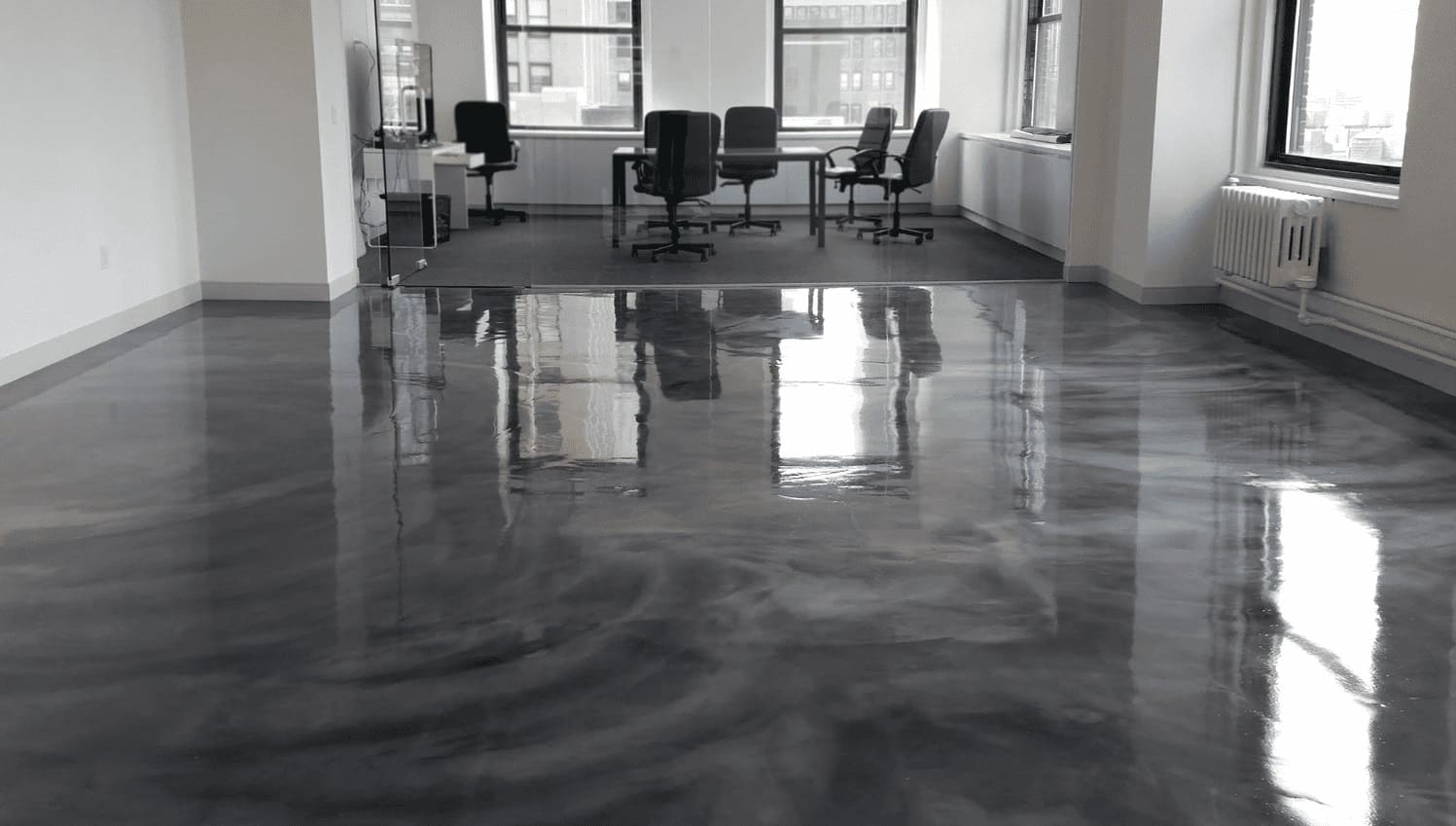

Articles
How To Make Floor Not Slippery
Modified: October 21, 2024
Learn effective ways to make your floors less slippery with these helpful articles. Prevent accidents and ensure safety in your home or workplace.
(Many of the links in this article redirect to a specific reviewed product. Your purchase of these products through affiliate links helps to generate commission for Storables.com, at no extra cost. Learn more)
Introduction
Slippery floors can be a significant safety hazard in both residential and commercial settings. The risk of accidents and injuries increases when people are unable to maintain a firm footing on the surface they are walking on. Whether it’s due to spilled liquids, polished surfaces, or certain types of flooring materials, addressing the issue of slippery floors is essential to ensuring the safety and well-being of everyone in the area.
In this article, we will explore the causes of slippery floors and provide practical solutions to make them safer. We will discuss how to assess the slipperiness of your floor and identify the type of flooring material you are dealing with. Furthermore, we will delve into various cleaning techniques, non-slip floor treatments, and the use of anti-slip mats or rugs. Lastly, we will highlight preventive measures that can help minimize the risk of slippery floors.
Whether you are a homeowner looking to make your living space safer or a business owner aiming to provide a secure environment for your employees and customers, the information provided here will guide you in making informed decisions to eliminate the hazards posed by slippery floors.
Key Takeaways:
- Prevent slips and falls by identifying causes of slippery floors, assessing slipperiness, and implementing preventive measures. Use non-slip treatments and mats to create a safer environment for everyone.
- Understand the causes of slippery floors, assess slipperiness, and implement preventive measures to create a safer environment. Use non-slip treatments and mats to prevent slips and falls.
Read more: How To Make A Tile Floor Less Slippery
Understanding the Causes of Slippery Floors
Slippery floors can arise from various factors, and it is important to understand these causes in order to effectively address the issue.
One of the primary causes of slippery floors is the presence of moisture or liquid on the surface. Water, oil, cleaning solutions, or even condensation can create a slippery film on the floor, making it hazardous to walk on. Spills in kitchens, bathrooms, or areas with high foot traffic are common sources of moisture-related slipperiness.
In addition to moisture, certain flooring materials inherently have a higher slipperiness factor. For example, highly polished ceramic tiles or natural stone surfaces can be slick, especially when wet. Smooth, glossy surfaces like laminate, vinyl, or epoxy-coated floors can also be slippery, particularly when not properly maintained.
Environmental factors can also contribute to the slipperiness of a floor. For instance, dust or debris accumulation on the surface can create a slippery layer. Similarly, floors that are exposed to high humidity levels or frequent changes in temperature may become more slippery due to moisture in the air.
Another factor to consider is the footwear people are using when walking on the floor. Shoes with worn-out soles, high heels, or shoes with inadequate traction can increase the risk of slipping on any type of floor.
Lastly, inadequate or improper cleaning techniques can also contribute to the slipperiness of a floor. Using excessive amounts of cleaning solutions, not rinsing the floor thoroughly, or using incorrect cleaning tools can leave behind residues that make the surface slippery.
Recognizing the causes of slippery floors is the first step in finding effective solutions. By addressing these underlying factors, you can create a safer environment for everyone.
Assessing the Slipperiness of Your Floor
Before implementing any solutions to make your floor less slippery, it is important to assess the level of slipperiness. This will help you determine the severity of the issue and choose the appropriate measures to address it.
Here are a few methods to assess the slipperiness of your floor:
- Visual Inspection: Start by visually inspecting the floor for any visible signs of moisture, spills, or residue. Look for shiny or wet areas, as they are often indicators of increased slipperiness. Additionally, check for any accumulated dust or debris on the surface, as these can also contribute to a slippery floor.
- Walking Test: Perform a walking test to assess how slippery the floor feels. Walk on the floor wearing different types of footwear, such as bare feet, socks, or shoes with different sole materials. Take note of any areas where you feel unstable or experience slippage. This will give you a better understanding of which parts of the floor are more slippery.
- Traction Testing: Traction testing can provide more quantitative measurements of slip resistance. There are specialized traction meters available that can measure the coefficient of friction (COF) of a surface. These devices provide a numerical value that indicates the slipperiness of the floor. Alternatively, you can use slip resistance test kits that involve applying known forces and measuring the slip resistance based on the results.
By using a combination of visual inspection, walking tests, and traction testing, you can effectively assess the slipperiness of your floor. This assessment will serve as a baseline for evaluating the effectiveness of any solutions you implement.
Remember, it is important to regularly reassess the slipperiness of your floor, especially if your environment or usage patterns change. This will help you identify any potential hazards and take appropriate action to maintain a safe and slip-resistant floor surface.
Identifying the Type of Flooring Material
Identifying the type of flooring material is an essential step in addressing the slipperiness issue. Different flooring materials require different cleaning and treatment methods to improve their slip resistance. Here are some common flooring materials and how to identify them:
- Ceramic or Porcelain Tiles: Ceramic and porcelain tiles are popular choices for floors due to their durability and aesthetic appeal. These tiles typically have a smooth and hard surface. You can identify ceramic or porcelain tiles by their cold feel, and they often have a glazed or polished finish. They are commonly found in bathrooms, kitchens, and entryways.
- Natural Stone: Natural stone flooring options, such as marble, granite, or limestone, offer a luxurious and unique look to any space. These materials are typically porous and may have a honed or polished finish. Natural stone floors have a natural variation in color and texture, and they are commonly found in foyers, hallways, and high-end residential or commercial buildings.
- Laminate or Vinyl: Laminate and vinyl floors are cost-effective and versatile options that mimic the look of hardwood, tile, or stone. They have a synthetic surface layer that is smooth and resistant to stains. You can identify laminate or vinyl floors by their softer feel and the presence of a printed design layer. These floors are common in living rooms, bedrooms, and commercial spaces.
- Hardwood: Hardwood floors offer warmth, elegance, and natural beauty to any room. They have a solid wood construction and feature grains and knots that give them a unique character. Hardwood floors feel solid and warm to the touch. They are commonly found in living areas, bedrooms, and upscale homes.
- Concrete: Concrete floors are often found in basements, garages, or industrial settings. They have a rough and porous surface. Unsealed concrete can be very slippery, especially when wet. However, sealed or treated concrete floors can provide better slip resistance.
Identifying the type of flooring material in your space will help you determine the best practices and solutions for making it less slippery. By understanding the characteristics and specific treatment needs of your flooring material, you can effectively improve its slip resistance and ensure a safer environment for everyone.
Cleaning Techniques to Reduce Slipperiness
Proper cleaning techniques are crucial in maintaining a safe and slip-resistant floor surface. Regular cleaning will remove dirt, debris, and residue that can contribute to the slipperiness of the floor. Here are some cleaning techniques to reduce slipperiness:
- Use the Right Cleaning Products: Choose cleaning products that are specifically designed for your type of flooring material. Avoid using products that leave a residue or have a glossy finish, as they can make the floor more slippery. Read the manufacturer’s instructions and use the recommended dilution ratios to ensure effective cleaning without leaving any slippery residue behind.
- Mop Regularly: Regular mopping helps remove dirt and spills that can make the floor slippery. Use a damp mop and a cleaning solution suitable for your flooring material. Avoid soaking the floor with excessive water, as it can create a slip hazard. After mopping, make sure to dry the floor thoroughly.
- Implement Proper Drying Methods: After mopping or cleaning spills, it is important to dry the floor completely. Use a dry mop or towels to absorb any leftover moisture. Ventilate the area or use fans to speed up the drying process, especially in spaces with higher humidity.
- Remove Dust and Debris: Dust and debris can accumulate on the floor, creating a slippery surface. Regularly sweep or vacuum the floor to remove any loose dirt or particles. Pay attention to corners, baseboards, and other hard-to-reach areas where dust tends to accumulate.
- Consider Deep Cleaning: Over time, floors can accumulate layers of dirt and residue that are difficult to remove with regular cleaning methods. Consider periodic deep cleaning using specialized floor cleaning machines or hiring professional cleaners. Deep cleaning can help restore the slip resistance of the floor surface.
- Address Spills Immediately: Promptly clean up any spills or moisture on the floor. Use absorbent materials, such as towels or mop pads, to soak up the liquid. Afterward, clean the area with the appropriate cleaning solution to remove any residue and prevent stickiness or slipperiness.
By implementing these cleaning techniques, you can maintain a clean and slip-resistant floor surface. Regular cleaning practices will not only reduce the slipperiness but also extend the lifespan of your flooring material, ensuring long-term safety and durability.
To make a floor less slippery, consider applying a non-slip coating or using non-slip mats or rugs in high traffic areas. Additionally, keep the floor clean and dry to prevent slipping.
Read more: How To Make Bathtub Not Slippery
Applying Non-slip Floor Treatments
If your floor is still slippery after implementing proper cleaning techniques, you may consider applying non-slip floor treatments. These treatments add an extra layer of traction to the surface, reducing the risk of slipping. Here are some popular non-slip floor treatments:
- Anti-slip Coatings: Anti-slip coatings are specifically designed to increase the grip and slip resistance of the floor surface. These coatings are available in different formulas, such as epoxy-based or polyurethane-based coatings. They are applied to the floor using a roller or sprayer and form a textured layer that improves traction.
- Gritty Additives: Gritty additives are mixed with paint or varnish before applying to the floor. These additives, such as fine sand or silica granules, create a rougher surface texture that enhances slip resistance. They can be mixed in any desired concentration to achieve the desired level of traction.
- Anti-slip Sealers: Anti-slip sealers are sealant products that penetrate the floor surface and create a micro-textured layer. These sealers not only provide slip resistance but also protect the floor from stains and water damage. They are commonly used on natural stone, concrete, and tiled floors.
- Rubberized Mats or Tapes: Rubberized mats or tapes with a non-slip surface can be placed on specific areas of the floor to improve traction. These mats or tapes are commonly used in high-traffic areas, entrances, or stairs. They provide a temporary solution and can be easily removed or replaced when needed.
- Adhesive Nonslip Strips: Adhesive nonslip strips are pre-cut strips with a textured surface that provide additional traction to the floor. They can be applied to specific areas prone to slipperiness, such as stair treads or ramps. These strips are easy to install and can be used on various flooring materials.
When applying non-slip treatments, it is important to follow the manufacturer’s instructions and ensure proper surface preparation. Thoroughly clean and dry the floor before applying any treatments to ensure optimal adhesion. Additionally, consider the specific requirements and compatibility of the treatment with your type of flooring material.
Non-slip floor treatments are an effective way to enhance the slip resistance of your floor and provide a safer walking surface. However, it’s important to note that these treatments may require periodic maintenance or reapplication, depending on the level of foot traffic and usage in the area.
Using Anti-slip Mats or Rugs
Another effective solution to reduce slipperiness on your floor is to use anti-slip mats or rugs. These provide an additional layer of traction and stability, creating a safer walking surface. Here’s how you can use anti-slip mats or rugs to enhance floor safety:
- Choose the Right Anti-slip Mats or Rugs: Look for mats or rugs specifically designed to enhance slip resistance. They should have a non-slip backing or a surface texture that provides added grip. Additionally, ensure that they are suitable for the type of flooring material in your space as well as the area’s foot traffic.
- Place in High-Traffic Areas: Identify the high-traffic areas in your home or establishment where slipperiness is a concern. These may include entrances, hallways, kitchen areas, or bathrooms. Place anti-slip mats or rugs in these areas to provide a secure footing for those walking on the surface.
- Secure the Mats or Rugs: To prevent the mats or rugs from sliding or shifting, make sure they are securely anchored to the floor. Use double-sided carpet tape or non-slip rug pads underneath to keep them in place. Regularly check and readjust the mats or rugs to ensure they remain properly aligned and firmly in position.
- Clean and Maintain the Mats or Rugs: Regularly clean the anti-slip mats or rugs to remove any dust, dirt, or spills that may accumulate on their surface. Follow the manufacturer’s instructions for cleaning and maintenance to ensure their longevity and continued slip resistance.
- Consider Custom Mats or Rugs: If you have specific areas with irregular shapes or sizes, consider getting custom-made anti-slip mats or rugs. These can be tailored to fit perfectly, ensuring maximum coverage and slip resistance in those particular areas.
Anti-slip mats or rugs offer a practical and versatile solution for improving floor safety. They not only provide traction but also add aesthetic value to your space. By strategically placing these mats or rugs in high-risk areas, you can significantly reduce the risk of slips and falls.
Remember to regularly inspect the mats or rugs for wear and tear. Replace them as needed to maintain their effectiveness in preventing slip accidents. Taking these precautions will help create a secure and slip-resistant environment for everyone.
Implementing Preventive Measures
Prevention is key when it comes to maintaining slip-resistant floors. Implementing preventive measures can help minimize the risk of slips and falls, ensuring a safe environment for everyone. Here are some preventive measures to consider:
- Signage and Warnings: Place highly visible signage and warnings in areas prone to slipperiness. Alerting people to potential hazards will prompt them to exercise caution and reduce their risk of accidents. Use floor signs, posters, or cones to draw attention to wet floors, uneven surfaces, or areas under maintenance.
- Proper Lighting: Ensure that the area is well-lit, both indoors and outdoors, to enhance visibility and reduce chances of tripping or slipping. Install adequate lighting in hallways, staircases, walkways, and entryways. Regularly inspect and replace any burnt-out bulbs or faulty lighting fixtures.
- Regular Maintenance: Implement a regular maintenance schedule to address any issues that may contribute to slipperiness. This includes repairing cracks, uneven surfaces, loose tiles, or damaged flooring materials promptly. Regularly inspect the floor for any potential hazards and address them as soon as possible.
- Footwear Policies: Establish footwear policies, especially in commercial or industrial settings, to ensure the proper footwear is worn. Encourage employees or visitors to wear shoes with slip-resistant soles or appropriate footwear for the specific environment. Provide guidelines or recommendations for footwear that promotes traction and stability.
- Keep Floors Dry: Minimize the amount of moisture on the floor through regular cleaning, prompt spill cleanup, and the use of absorbent materials in areas prone to wetness. Install floor mats near entrances to capture water and debris from shoes, preventing them from being tracked onto the floor.
- Education and Training: Provide education and training to employees, residents, or family members about the importance of slip and fall prevention. Teach proper techniques for walking on slippery surfaces, including taking smaller steps, walking slowly, and using handrails when available. Promote awareness of potential slip hazards and encourage reporting of any concerns.
By implementing these preventive measures, you can create a proactive approach to floor safety. Taking these precautions reduces the likelihood of slips and falls, promoting a secure environment for everyone.
Remember, prevention is an ongoing effort. Regularly assess and update your preventive measures to address any changing conditions or new potential hazards. By staying vigilant and proactive, you can significantly reduce the risk of accidents and ensure long-term floor safety.
Conclusion
Slippery floors pose a serious safety hazard in both residential and commercial settings. The risk of slips and falls can lead to injuries, causing physical harm and financial burdens. However, by understanding the causes of slippery floors and implementing the right solutions, you can greatly reduce the risk and create a safer environment.
In this article, we have explored the various causes of slipperiness, such as moisture, certain flooring materials, environmental factors, footwear, and improper cleaning techniques. We have discussed the importance of assessing the slipperiness of your floor, identifying the type of flooring material, and using appropriate cleaning techniques to reduce slipperiness effectively.
We have also examined the application of non-slip floor treatments, such as anti-slip coatings, gritty additives, and anti-slip sealers. Additionally, we have highlighted the benefits of using anti-slip mats or rugs to provide an extra layer of traction on slippery floors.
Furthermore, we have emphasized the importance of implementing preventive measures, including signage, proper lighting, regular maintenance, footwear policies, keeping floors dry, and providing education and training on slip and fall prevention. By taking a proactive approach to floor safety, you can significantly reduce the risk of accidents and create a secure environment for everyone.
Remember, preventing slips and falls is an ongoing effort. Regularly assess the slipperiness of your floors, address any potential hazards promptly, and stay informed about new solutions and techniques for slip resistance. By doing so, you can prioritize the safety and well-being of everyone in your space.
Take action today to make your floors less slippery and ensure a safer environment for everyone. By implementing the knowledge and techniques discussed in this article, you can create slip-resistant floors that provide peace of mind and minimize the risk of accidents.
Frequently Asked Questions about How To Make Floor Not Slippery
Was this page helpful?
At Storables.com, we guarantee accurate and reliable information. Our content, validated by Expert Board Contributors, is crafted following stringent Editorial Policies. We're committed to providing you with well-researched, expert-backed insights for all your informational needs.
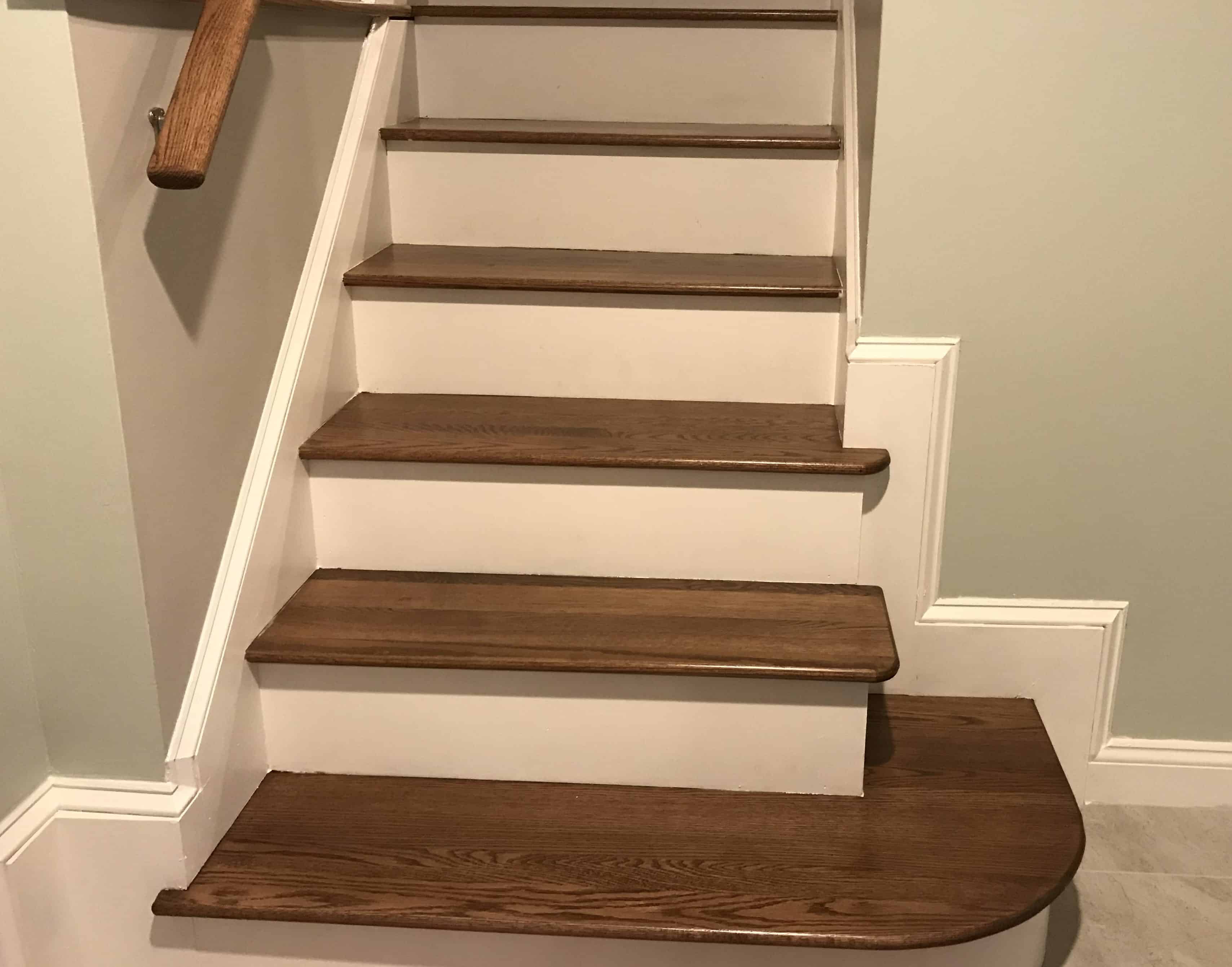
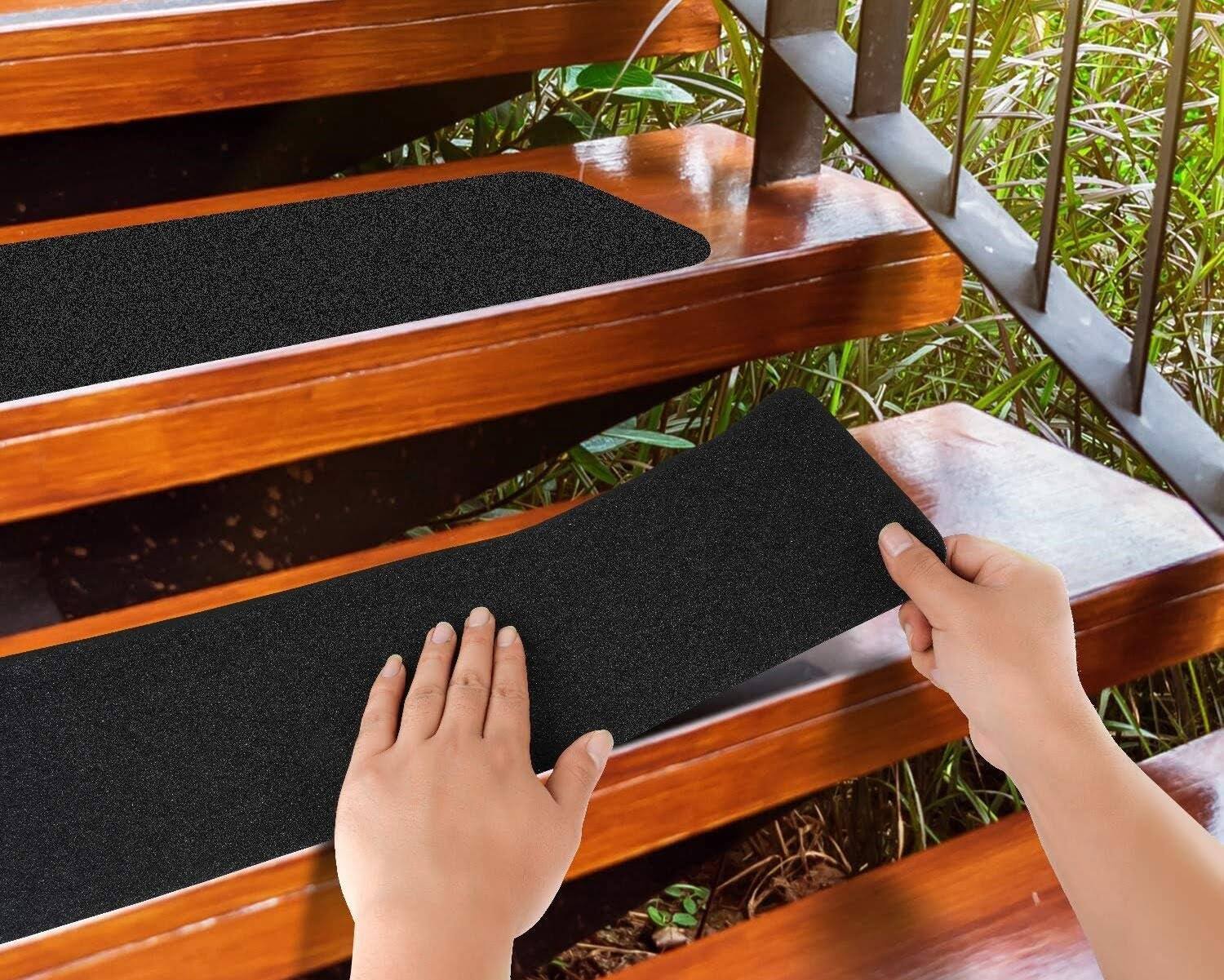
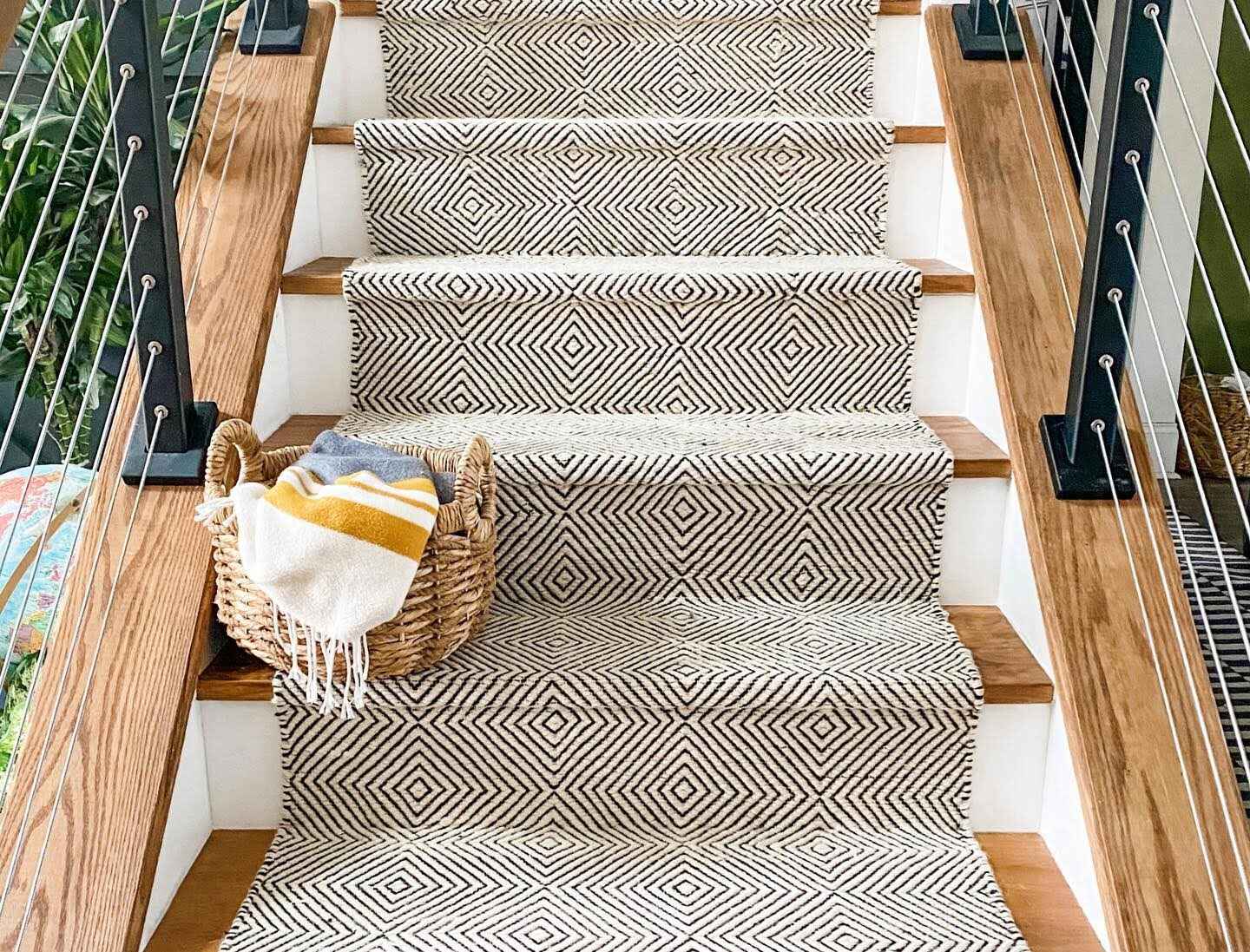
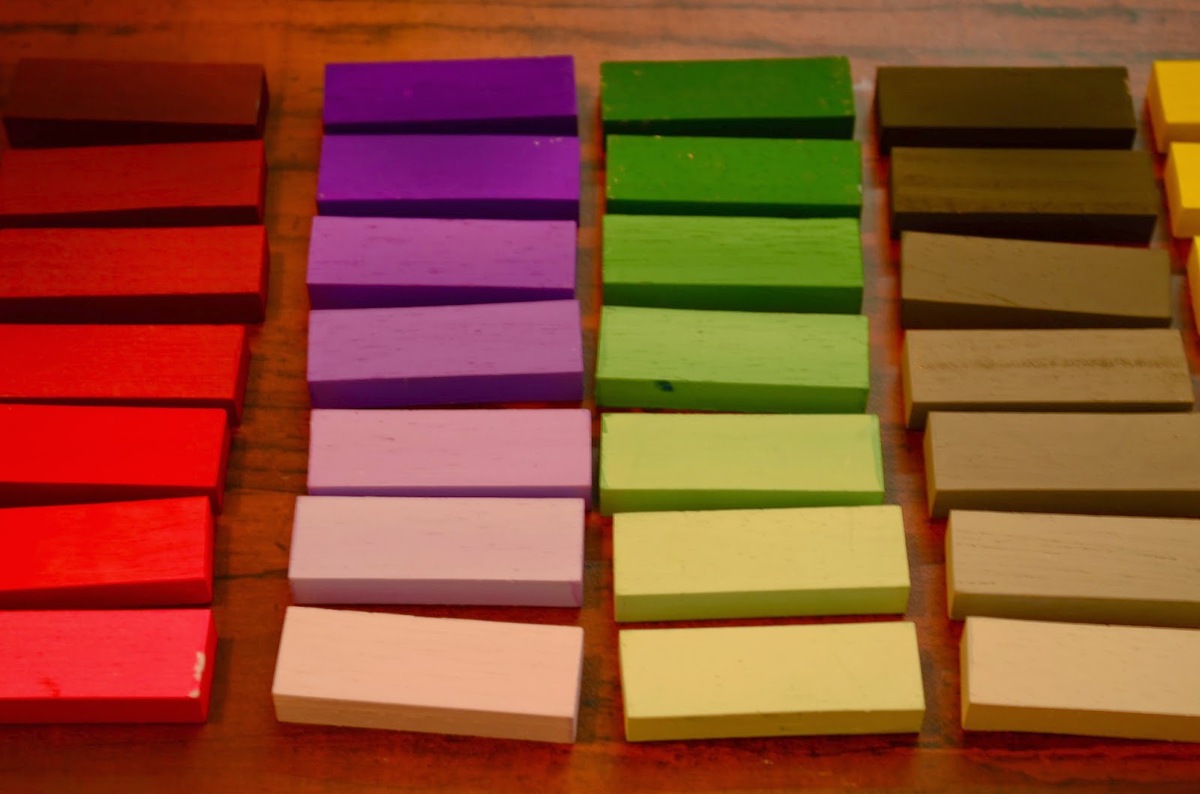
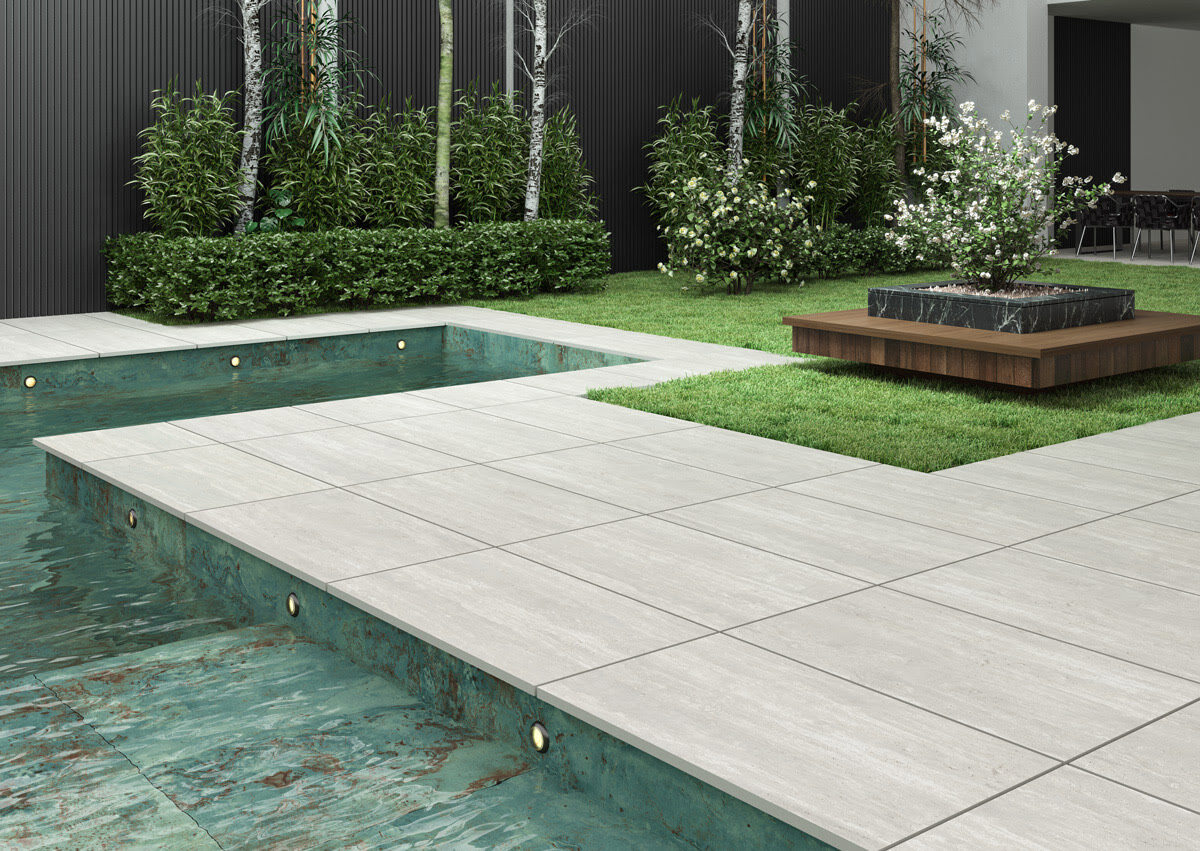
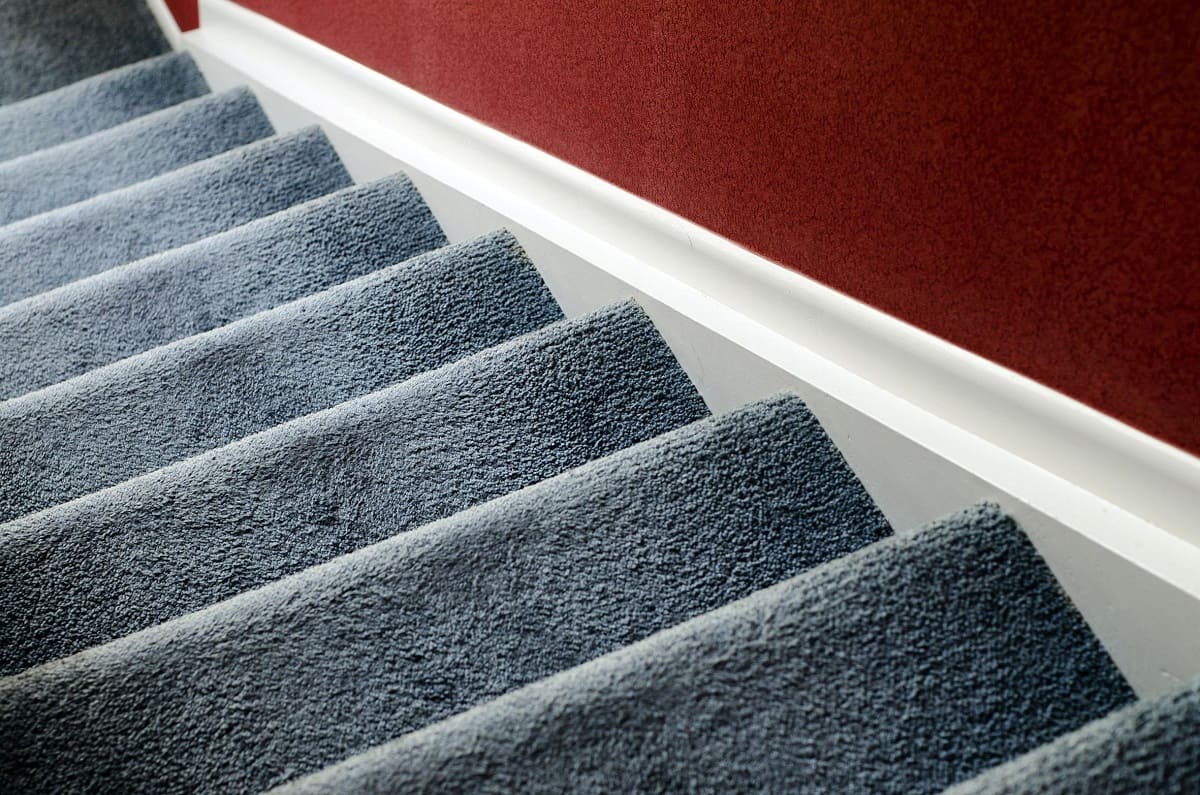
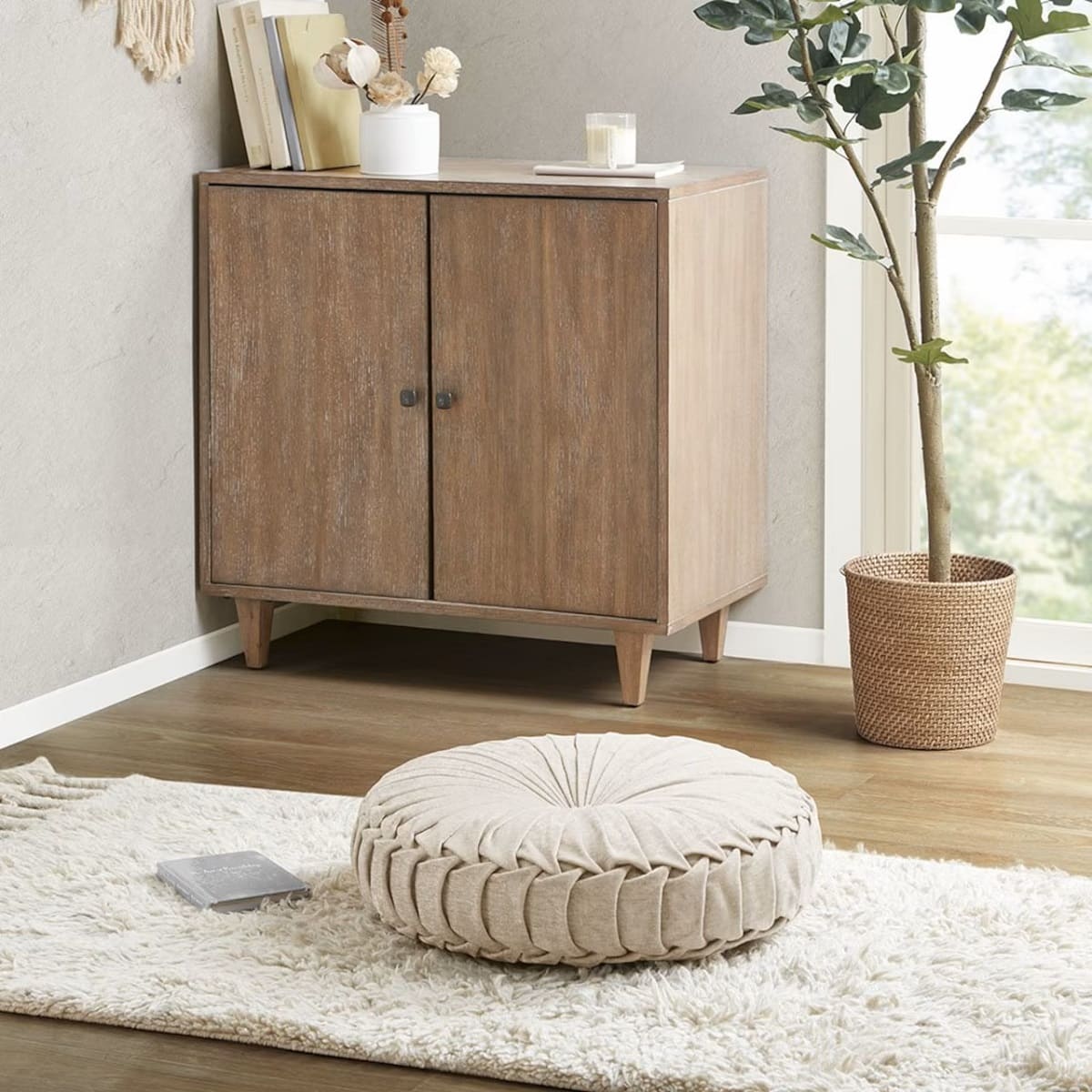
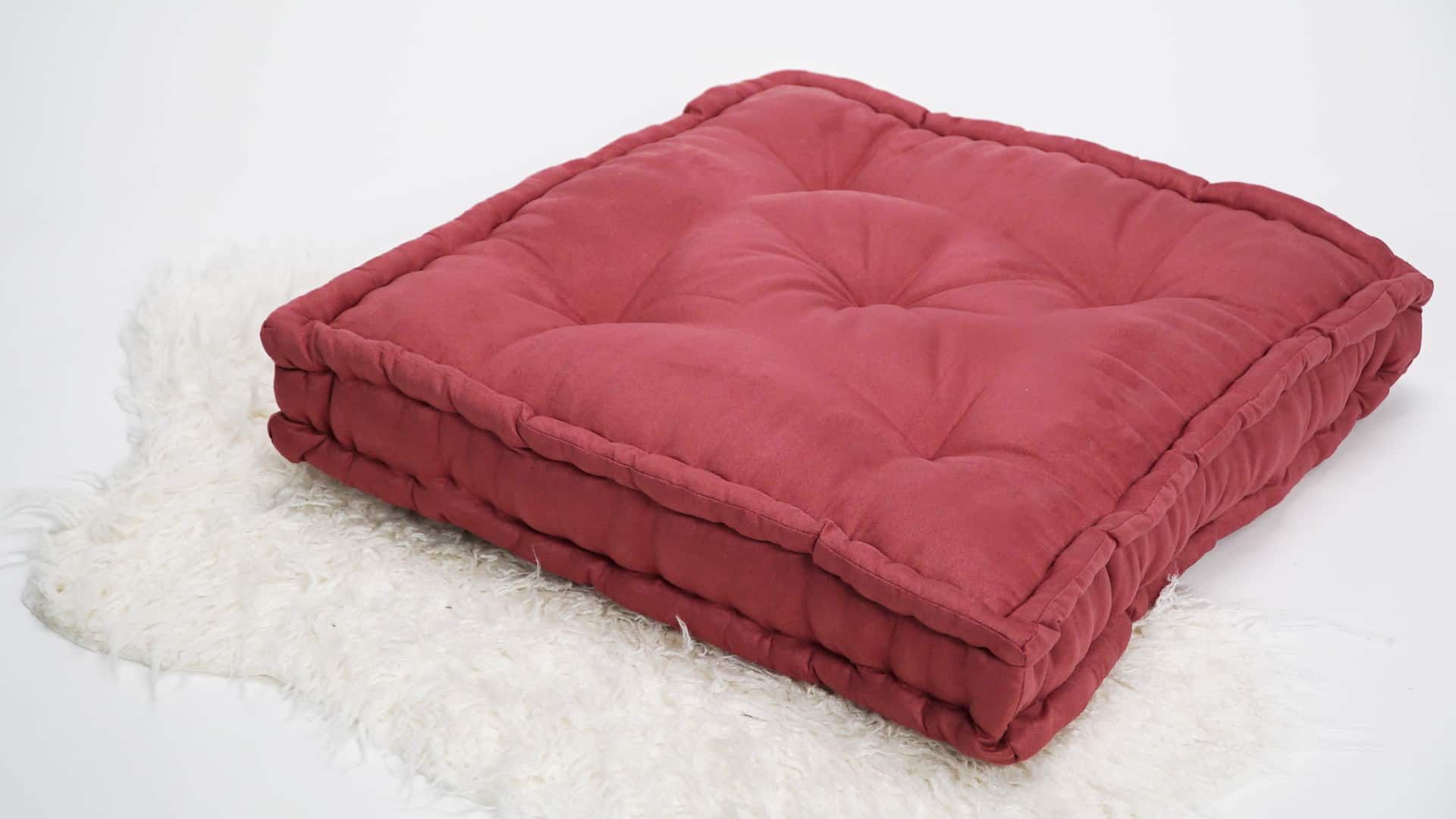
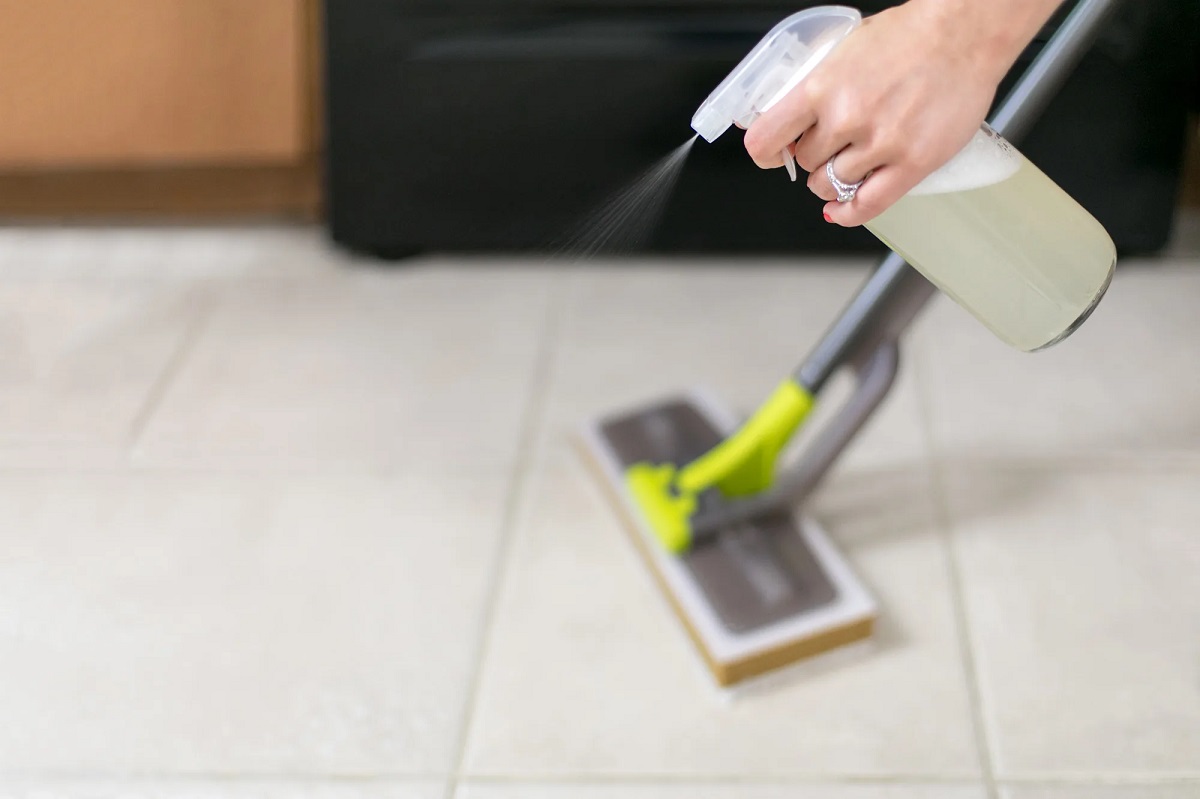
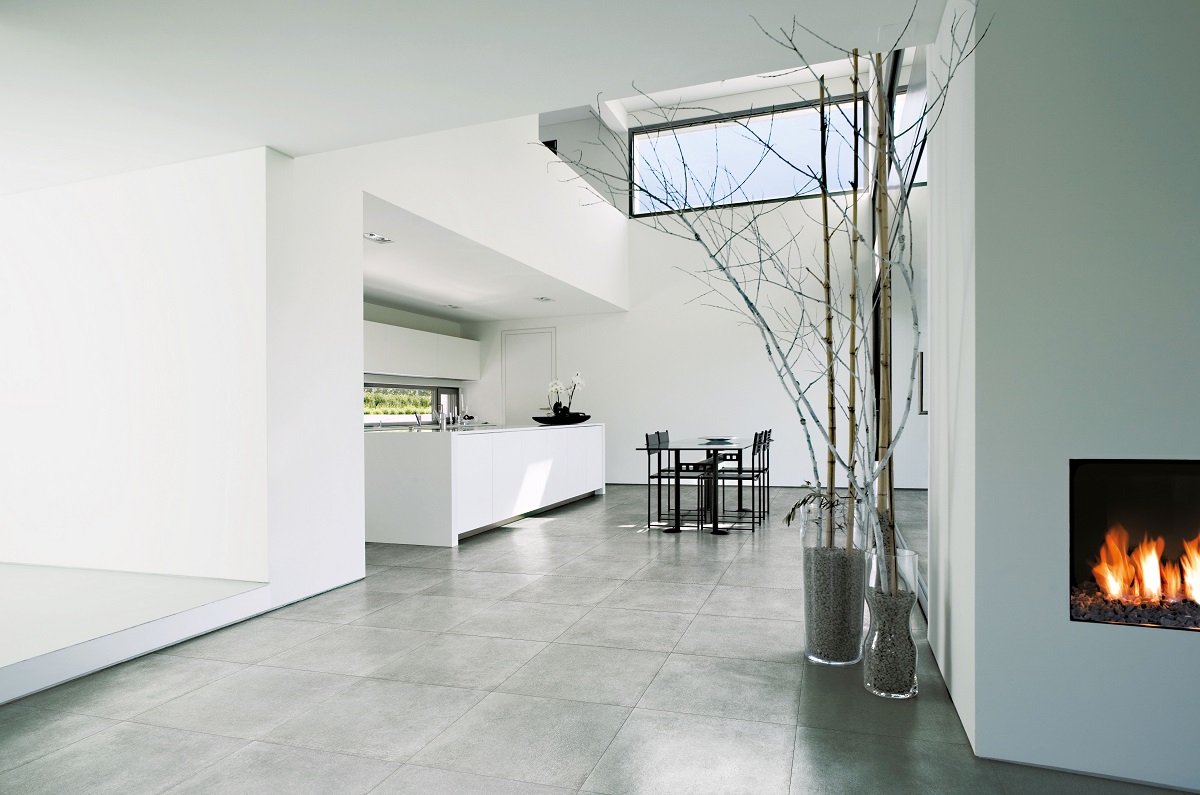
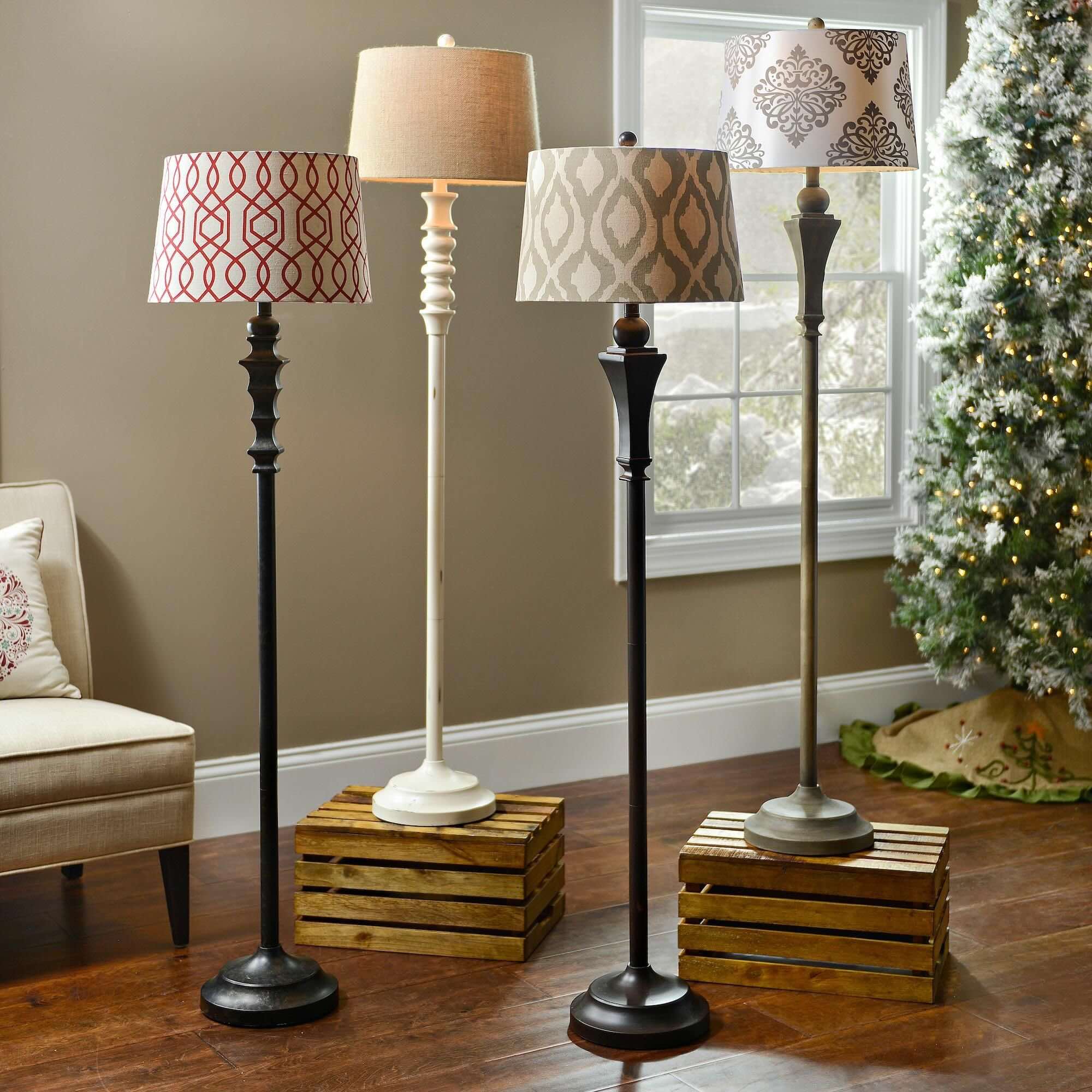
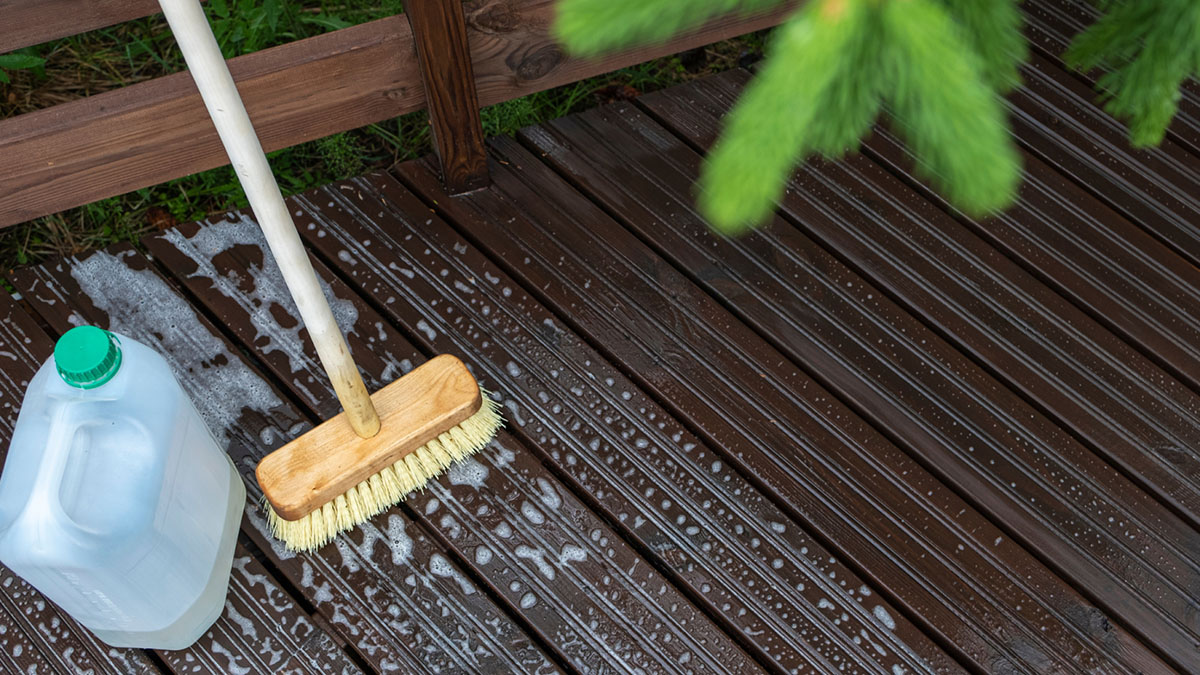
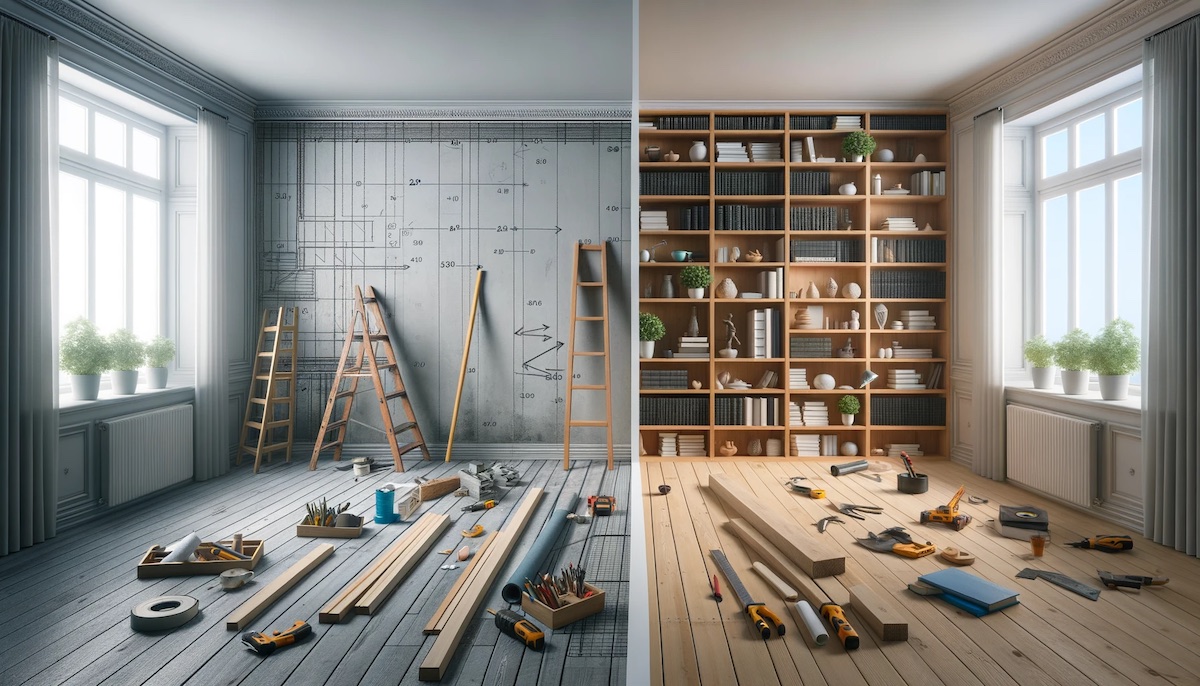
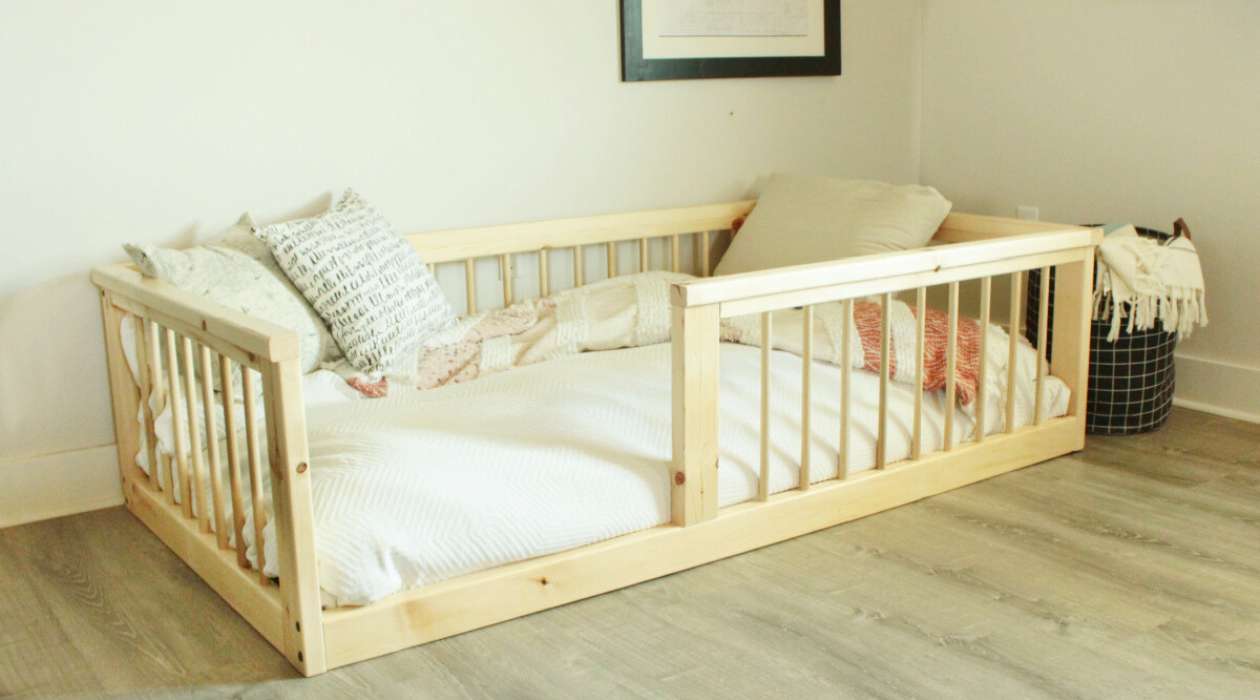

0 thoughts on “How To Make Floor Not Slippery”